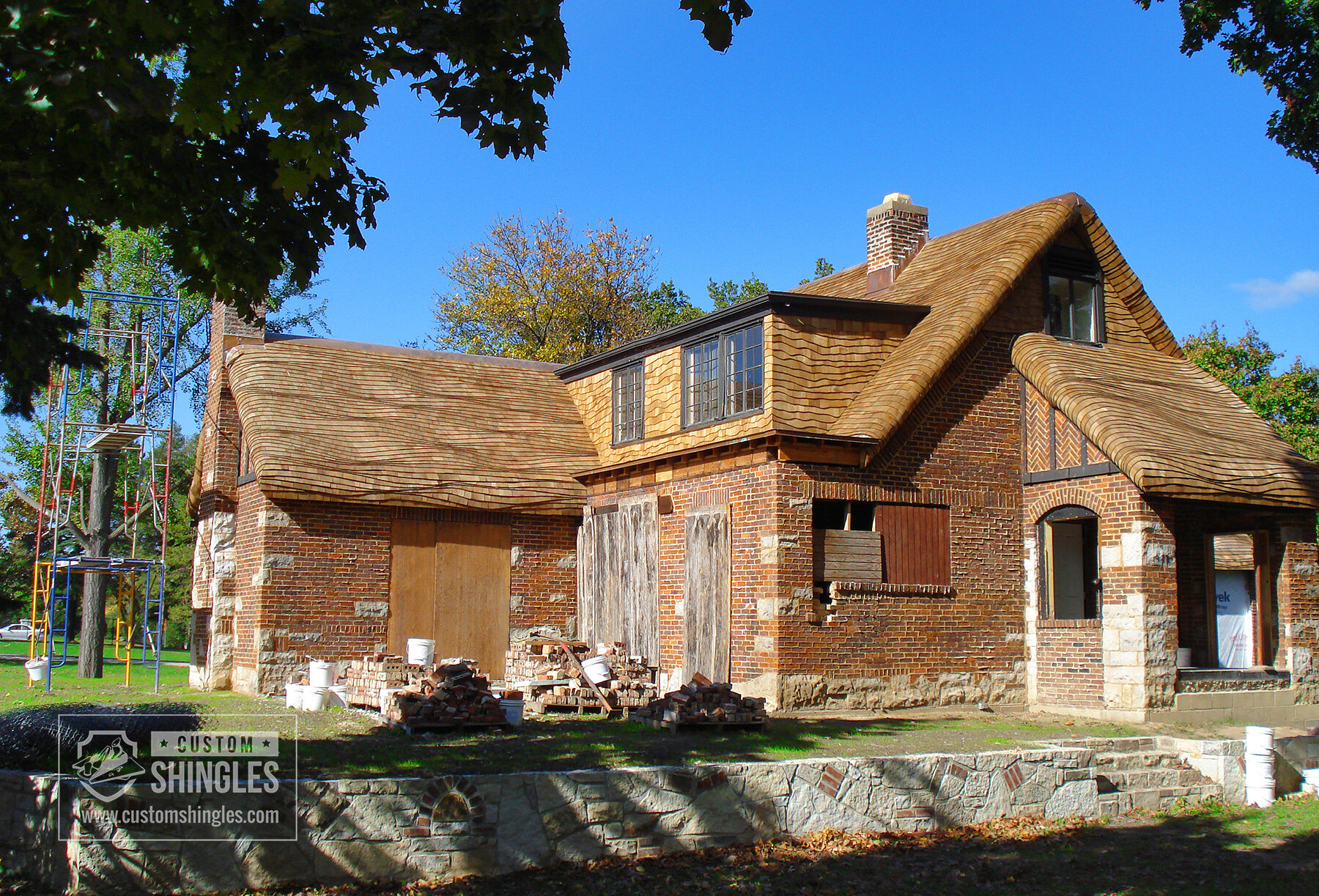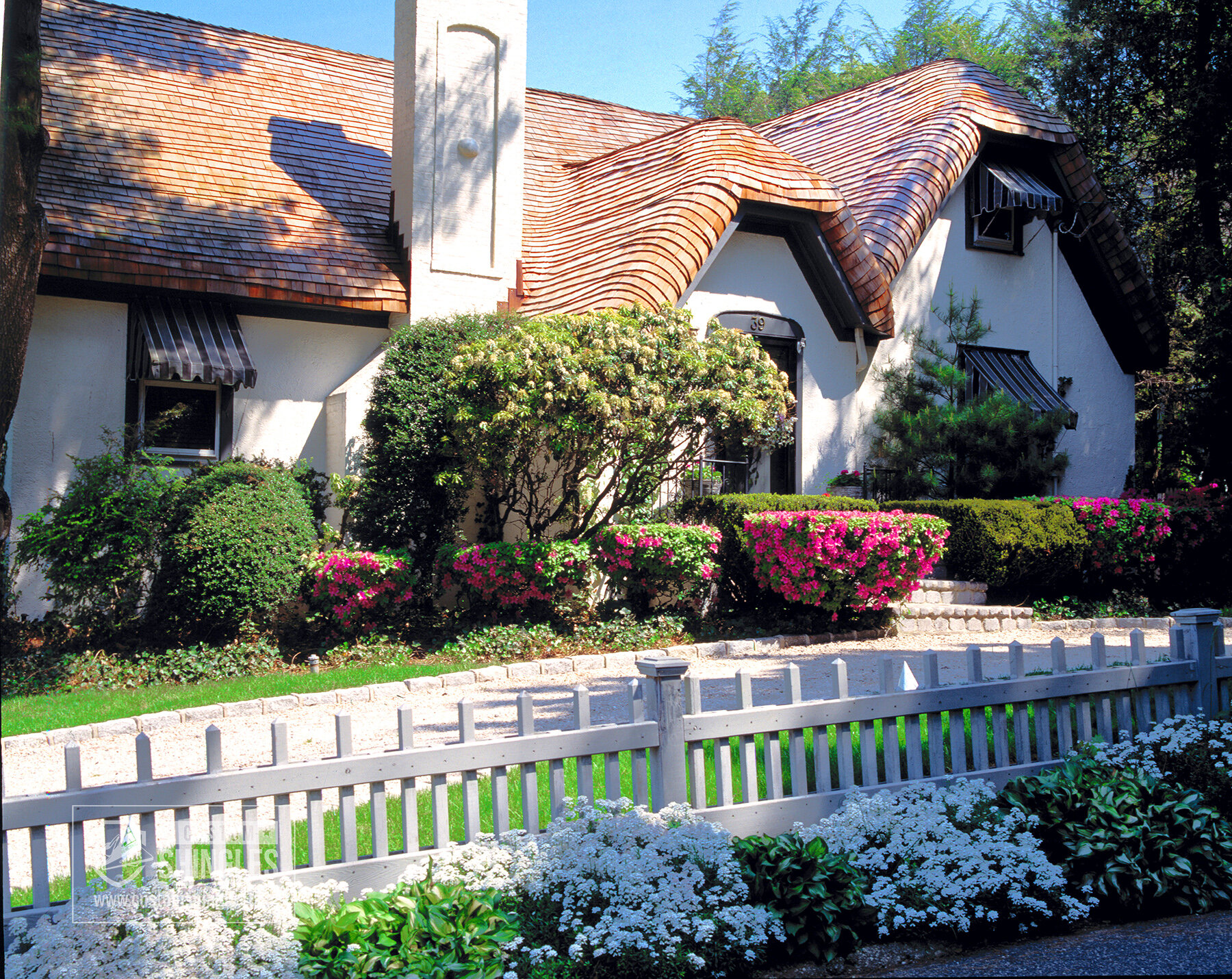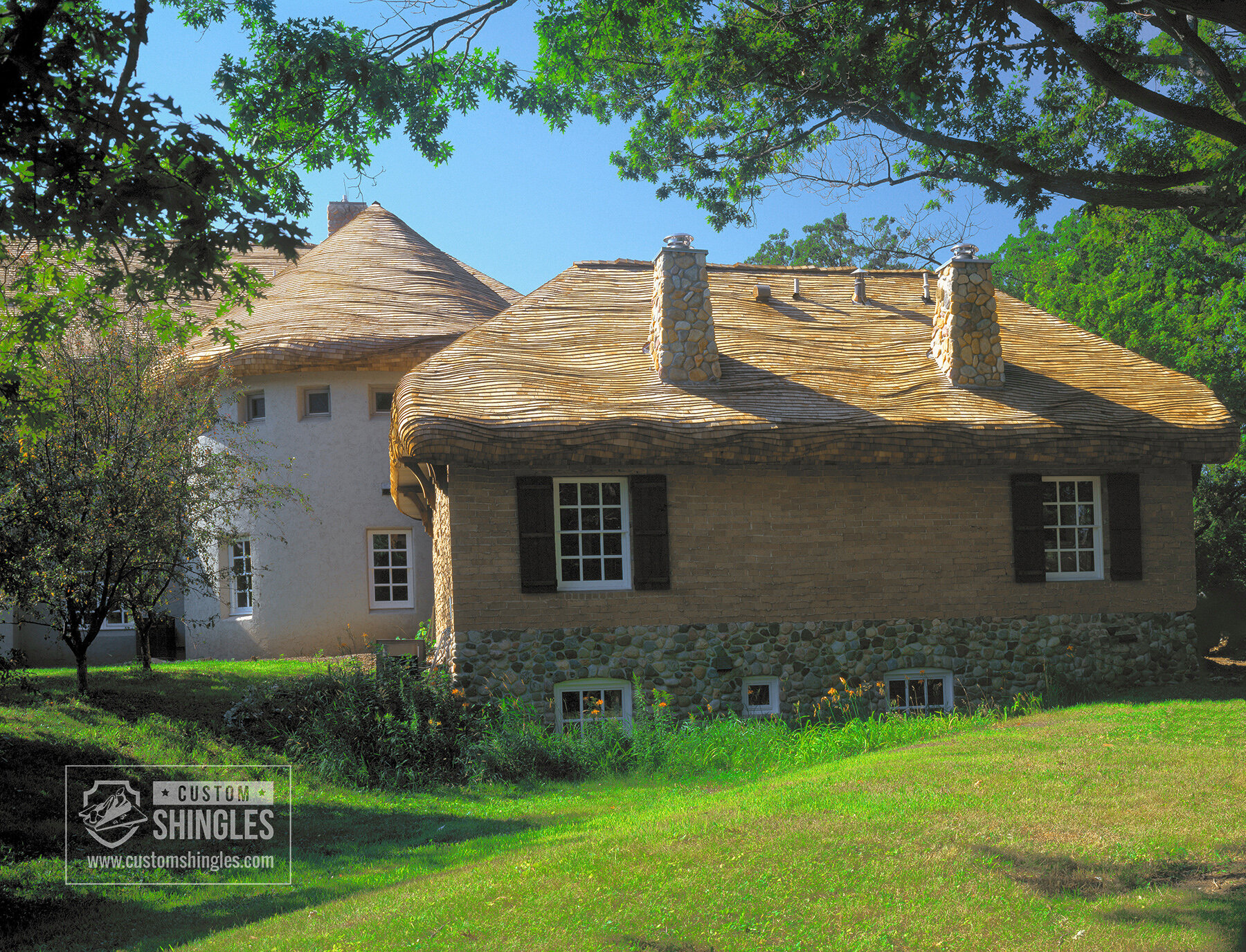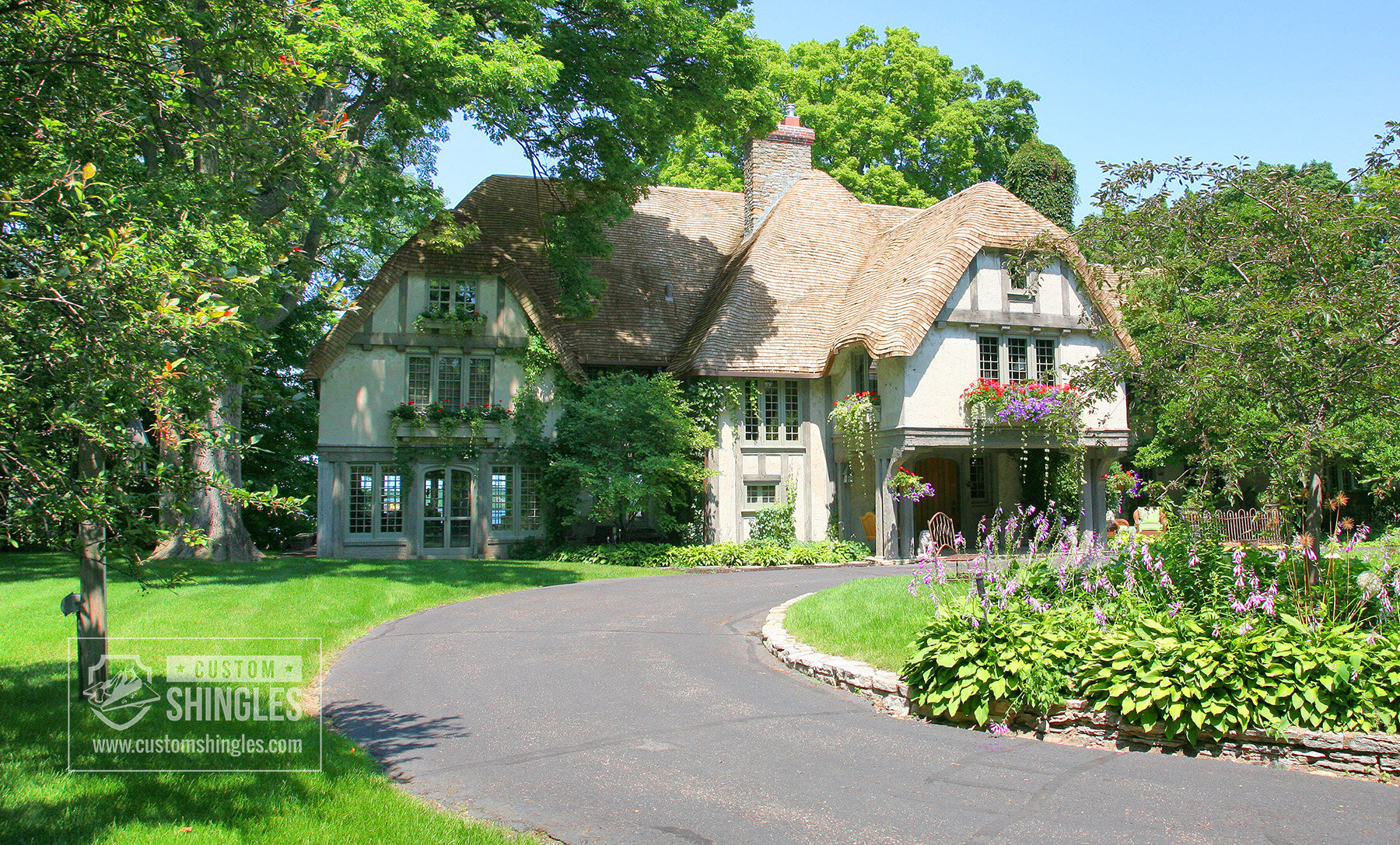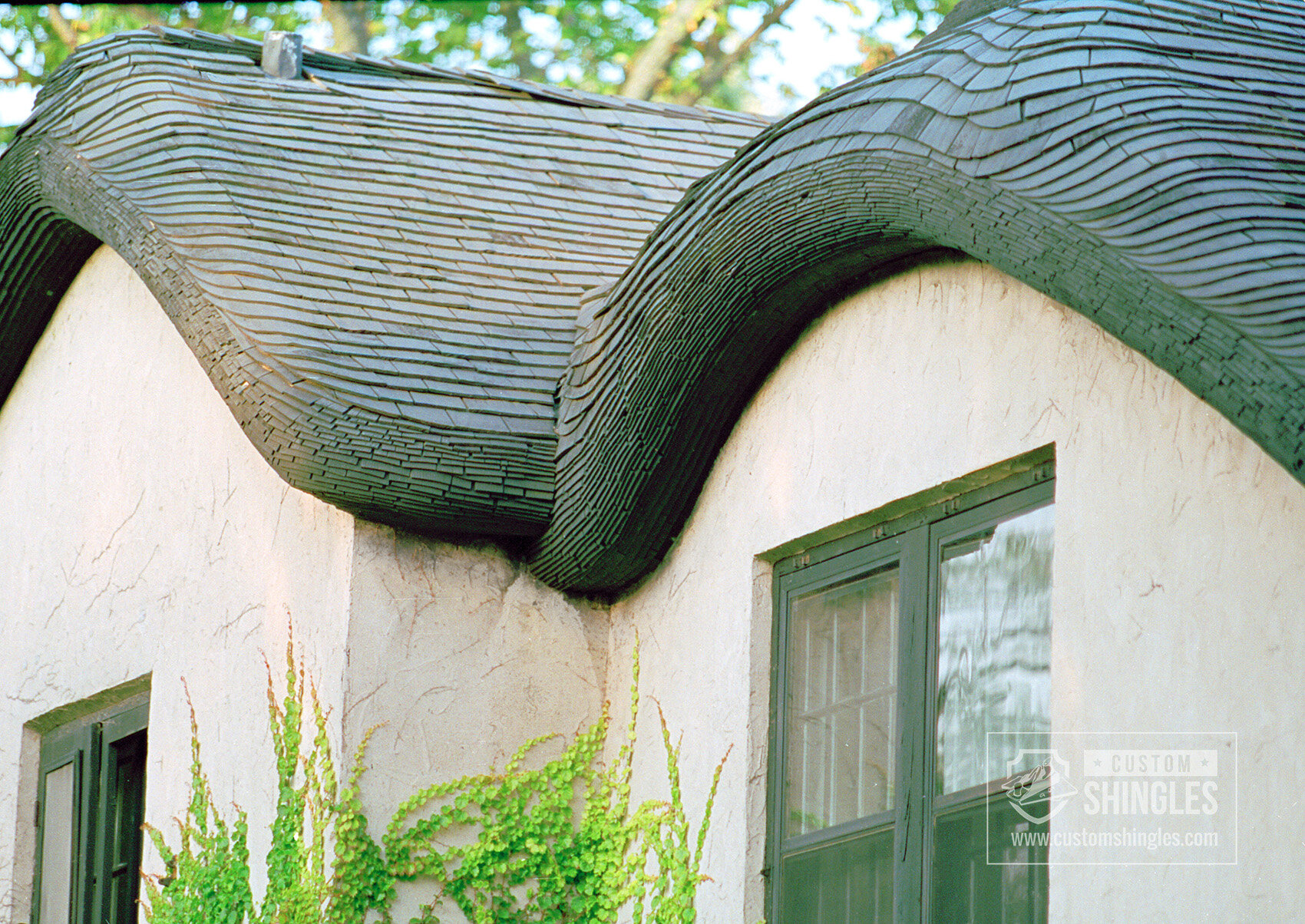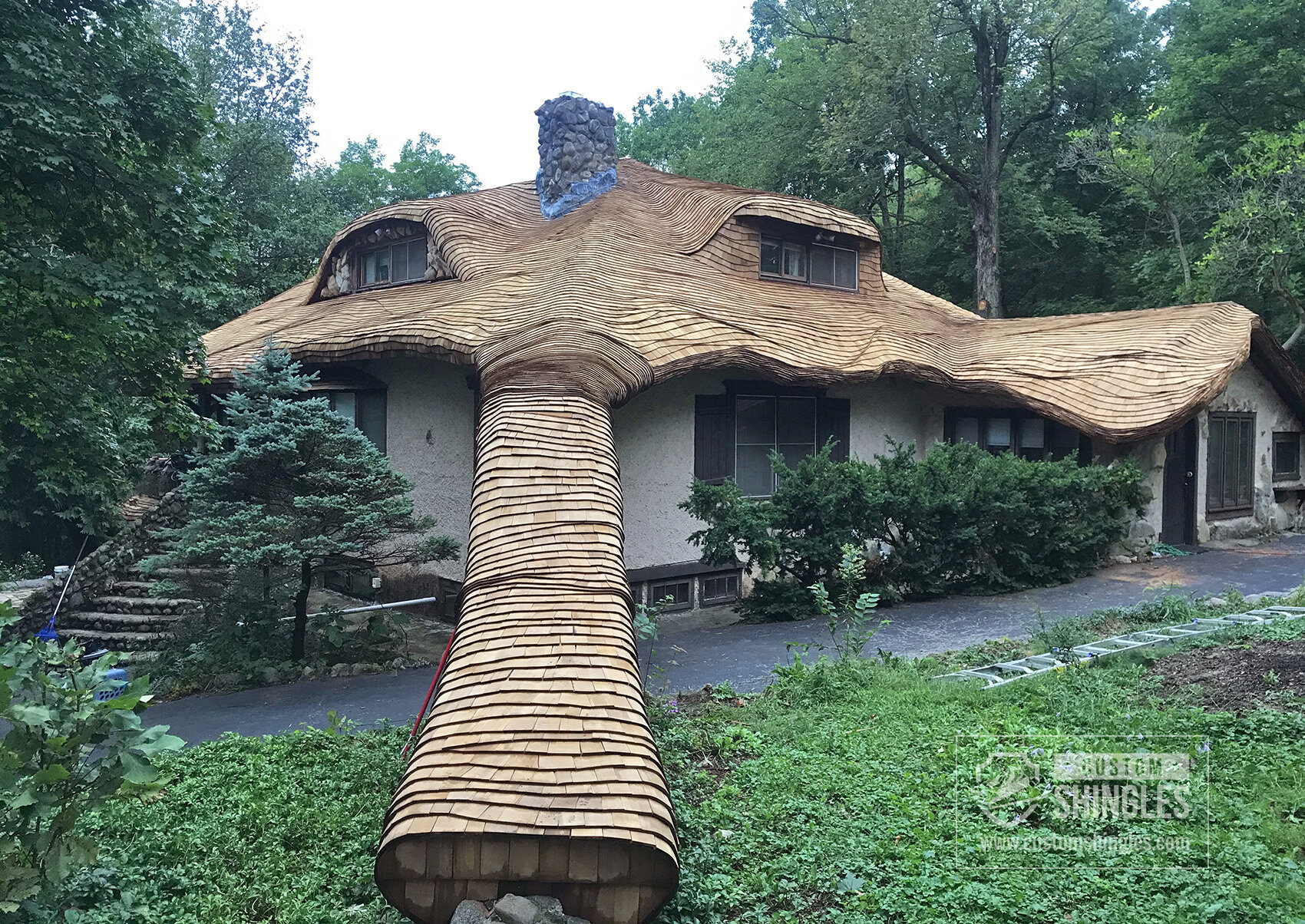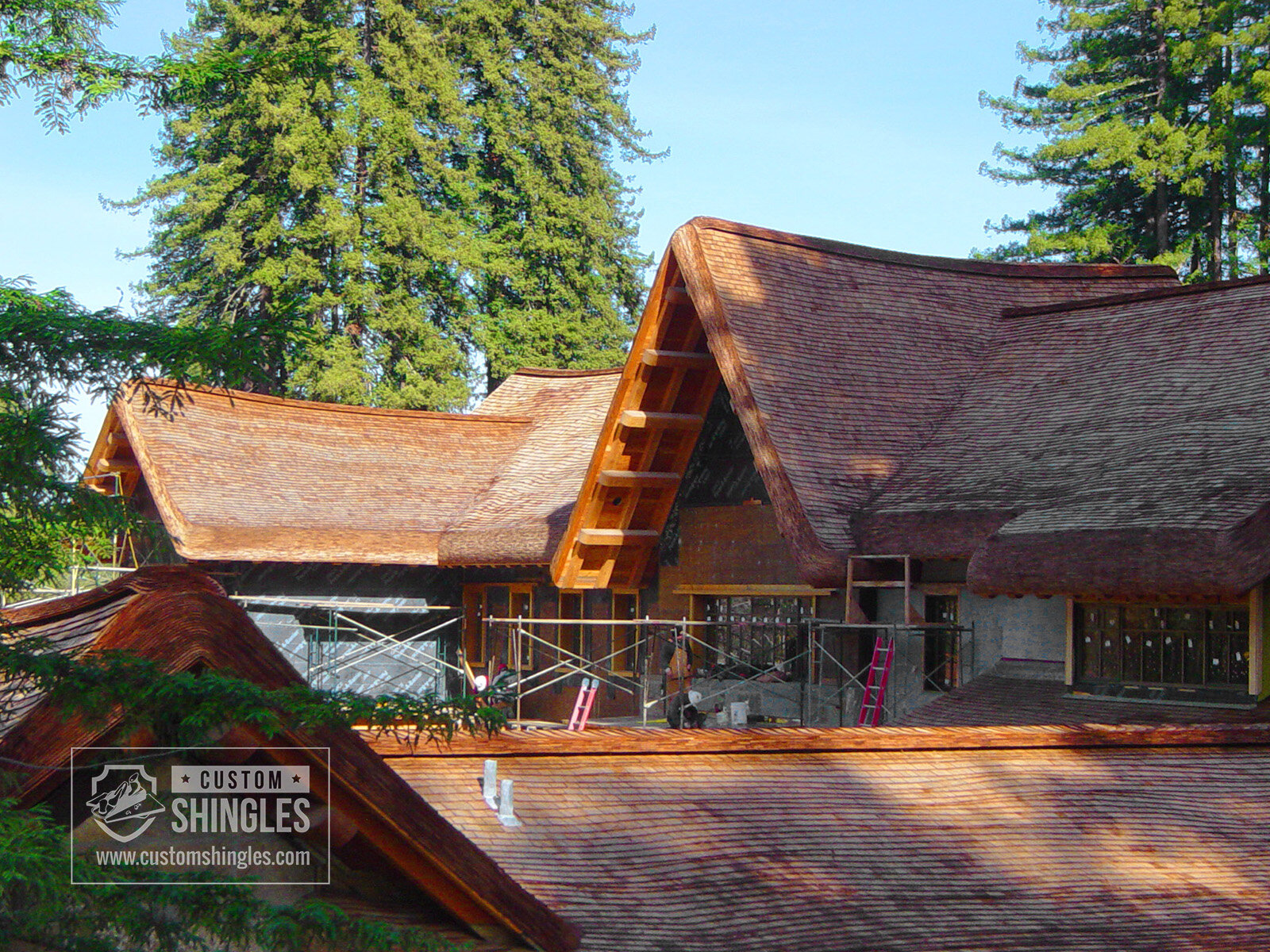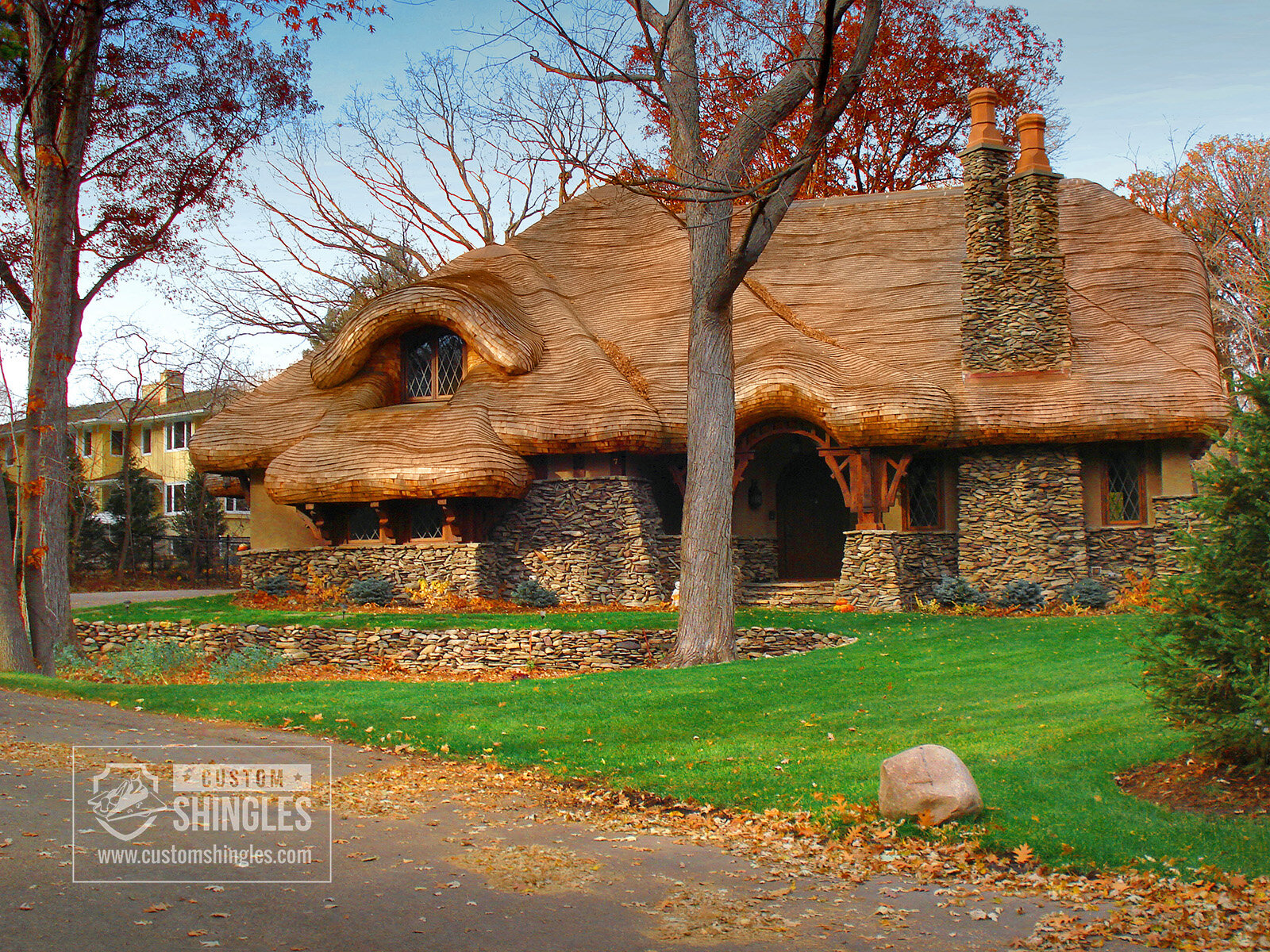Holding a wood plank up to an open flame sounds like a great way to start a fire. However, it's also a great way to provide greater protection to the wood and make a roof look elegant and sophisticated. Learn more about this technique, first practiced more than two centuries ago, and the potential benefits it offers.
What Is Shou Sugi Ban?
Shou sugi ban involves charring the outer layer of wood of a plank. The method began in the 18th century when Japanese builders discovered that holding a flame to wood and slightly charring it helped better protect the wood against the elements.
Benefits of Wood Roof Shingle Charring
What does burning the surface of wood do? It sparks many advantages, including:
Discouraging insects from burrowing into the wood because the element that attracts them, lignin, is eliminated.
Holding up better against snow and rain as the technique essentially makes the wood waterproof.
Providing a unique appearance that appeals to viewers, a little different and darker than non-charred wood.
Does Burning Wood Make it Stronger?
Yes, charring wood makes the wood stronger. When you burn wood, the timber's grains become fused tighter together, making the wood more durable. Of course, the quality of the charring job contributes to that longevity. The craftsperson must know what they're doing or the results will be less impressive. The best wood type for burning has open-celled timbers, and softer wood generally works better than hardwood.
Does Burning Wood Make it Last Longer?
Charring also makes the wood last longer. Wood burned by an experienced craftsperson can last for decades, doubling the lifespan of timber that hasn't been charred. You can apply char oil to the wood to give it even greater sturdiness. Taking care of your charred wood is the best way to extend its lifespan.
Char depth contributes to the longevity of the wood, too. The deeper the burn goes, the longer the wood will last. When you have a deeper char layer, erosion will take longer to reach beneath the char and fester to cause damage.
Specialty Wood Shingles From Custom Shingles
Using charred wood shingles gives your home or business a unique appearance. You'll appreciate the product's long lifespan and outstanding durability.
Contact our team at Custom Shingles to get information on our specialty roofing materials. Fill out our contact form or call (877) 323-3553 today!






